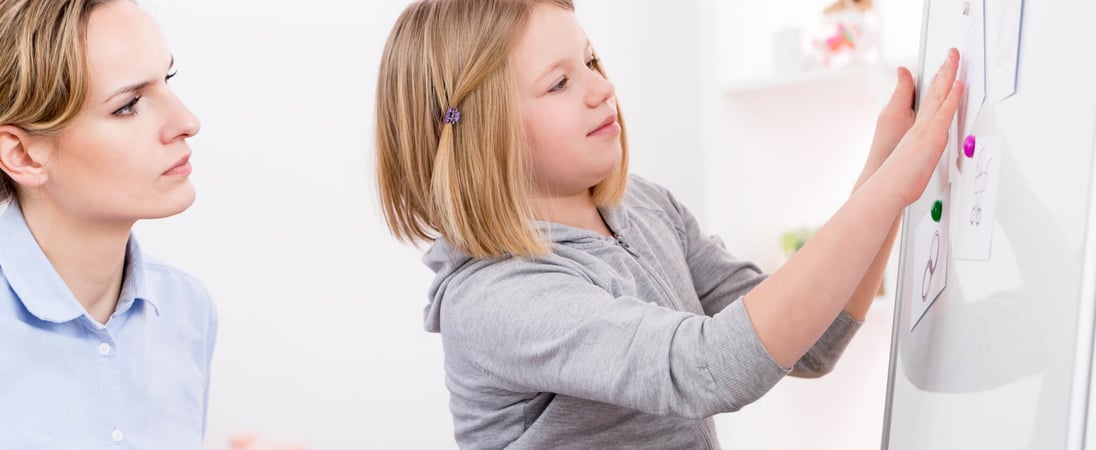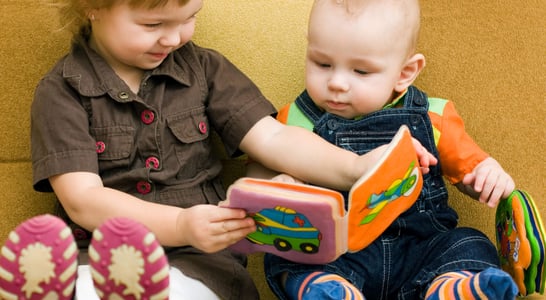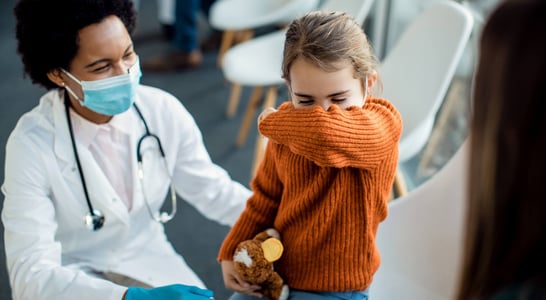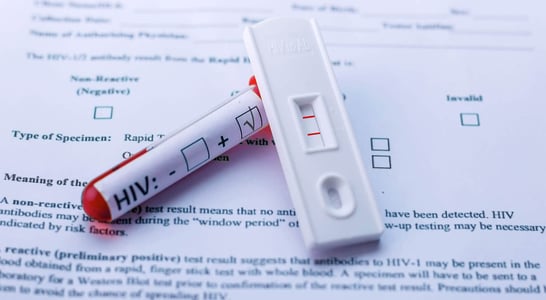
World Autism Awareness Day
Learn about the symptoms and effects, be better prepared to help those with autism in your life, or participate in a fundraiser or event on Autism Awareness Day.
Autism affects approximately 1 out of every 150 children around the world. It is a neural development disorder that affects their ability to socialize normally by impacting their abilities to utilize verbal and non-verbal communication. Since 2012, there has been a 30% increase in the amount of children being affected with autism, and World Autism Awareness Day helps to bring awareness to this growing health concern.
Learn More About World Autism Awareness Day
Signs of autism first appear very early on in life, sometimes manifesting as early as infancy, and at other times waiting until later in childhood. In most people, this disorder progresses steadily without remission, with its first symptoms generally appearing around six-months of age on average, and being firmly in place by age two or three.
Rather than having one distinguishing characteristic, Autism is indicated by the coming together of three separate symptoms. The triad includes difficulty socializing, problems in communication, and a limited number of interests that are combined with repetitive behavior, such as can-stacking, fidgeting, body rocking or vocalizations.
Autism is no longer classified as a single disorder, but rather an entire spectrum ranging in severity. This distinction began in 1994. Autism is the core of all of these syndromes on the spectrum, with its features being prevalent to varying degrees throughout. It includes disorders such as Rett Syndrome and Childhood Disintegrative Disorder. One of the most commonly known disorders on the list, outside of Autism itself, is Asperger’s. This syndrome is signified by the presence of Autism symptoms but with no impairment of language development.
Asperger Syndrome often leads to problems with social interaction with their peers. Common body language cues that are picked up on by those not on the Autism Spectrum are often lost on those who have AS. In fact, it is not uncommon for those in the Asperger’s community to speak of the frustrations that come from interacting with non-Asperger people, as huge chunks of the conversation just seem utterly lost at times. Nuances such as tone, context, and sarcasm have to be considered very carefully, as they are not often familiar to those with AS, and the frustration with communication often stems from this and other social queues.
However, much like anyone on the Autistic spectrum, many people will present with areas of intelligence that are much stronger than that of others. These areas tend to be in the reading, language, music, or spatial skills, occasionally manifesting to such a degree that they may fall into the “gifted” range in those areas. This seems to be counterbalanced by significant delays in other areas of development.
How to Observe World Autism Awareness Day
Observing and celebrating World Autism Awareness Day can be either simple or complex, whether just taking a bit of time and effort to raise awareness, or hosting an event to raise finances in support of those with autism. Try out some of these ideas for celebrating World Autism Awareness Day:
Host a World Autism Awareness Day Event
On World Autism Awareness Day, one great way to help raise awareness is by hosting an event with local families who have Autistic family members, bringing them all together to be among others sharing their difficulties, challenges, and joys. Share stories, encourage each other and make the day a relaxed one that might be a way to build community.
Those who don’t happen to have friends or community who are on the autism spectrum may, instead, choose to host an event that will raise funds in support of the Autism Research Institute, The Autism Society of America, or another charity devoted to the care and support of those impacted by autism. Joining in on an Autism Walk is a super event to take part in and raise funds.
Raise Awareness for Autism
One of the best ways to observe and celebrate World Autism Awareness Day is by raising awareness for the challenges of those on the autism spectrum, as well as for those who are in their families or friend groups. It’s all about spreading kindness and learning to love those who might happen to be a little bit different.
Learn More About Autism
Spend World Autism Awareness Day reading about autism and discussing it with others. Head over to the library to check out some books, or get online and do some internet research. Take the day to try to gain a little understanding while learning about this special group of people and the syndrome they live with.
Some excellent books to teach kids more about autism include:
- Looking After Louis by Lesley Ely
- Andy and His Yellow Frisbee by Mary Thompson
- My Friend with Autism by Beverly Bishop
- All Cats Have Asperger Syndrome by Kathy Hoopmann
World Autism Awareness Day FAQs
What is World Autism Awareness Day?
World Autism Awareness Day is an internationally recognized day where people raise awareness for those with autism spectrum disorder.
When is World Autism Awareness Day?
World Autism Awareness Day is observed on April 2 of each year.[1]
When was the first World Autism Awareness Day?
This day was first declared by the United Nations in late 2007, scheduled to be celebrated on April 2, 2008.[2]
History of World Autism Awareness Day
World Autism Awareness Day was established on December 18, 2007 by the United Nations. The General Assembly put together resolution 62/139, which consisted of four major elements. The day was meant to include the participation of all UN organizations and its member states. World Autism Awareness day was created as a dedication to raising awareness of autism in the general community, and it functions as a standing request to the UN Secretary-General to move forth this message to the world, particularly to all of the UN member states.
The history of autism begins in the early to mid 1900s when European psychiatrists began diagnosing the disorder, although at the time it was considered to be a form of schizophrenia. Doctors in Switzerland, Russia, Austria, and the United States were a few of the prominent people who made strides toward the understanding of autism as a disorder.
World Autism Awareness Day Timeline
1943
Autism is first described
An Austrian-American physician and psychiatrist, Dr. Leo Kanner makes a description of childhood autism, although it was originally considered as a psychiatric condition.[1]
1980
DSM-III lists criteria for autism
Criteria for diagnosis are set forth in the DSM-III, including communication impairment, bizarre environmental responses and lack of interest in people.[2]
1994
Autism is first seen as a spectrum disorder
As diagnosis and care continue to develop, Asperger’s syndrome is named in honor of an Austrian child psychologist.[3]
2007
World Autism Awareness Day is established
Agreed upon unanimously in council on November 7 by the United Nations General Assembly, World Autism Day is adopted on December 18 of this year.[4]
Also on ...
View all holidaysInternational Children’s Book Day
Revisit your childhood favorites, or read them to your own kids or grandkids. Check out new children’s book recommendations, and help kids learn to love reading.
National Ferret Day
Spend time with your pet ferret, support a ferret rescue or adoption center, or learn about these fascinating mustelids on National Ferret Day.
National DIY Day
Learn a new skill and enjoy the self-satisfaction of “doing it yourself” on National DIY Day. Try knitting a scarf, building a chair, or cooking something new.
National Peanut Butter and Jelly Day
It’s a song. It’s an idiom. It’s one of everyone’s favorite sandwiches: get out your favorite fruit jelly and enjoy the iconic combo of Peanut Butter and Jelly.
We think you may also like...
Pertussis Awareness Day
Educating communities on the importance of vaccination to protect against a highly contagious respiratory disease.








